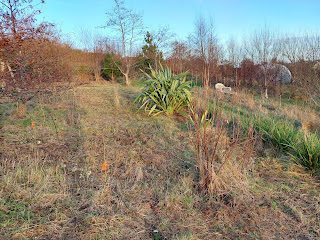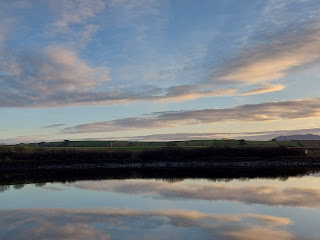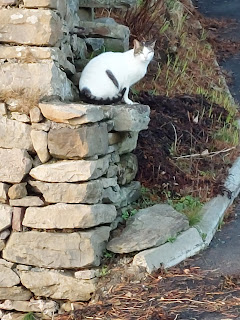 |
| St Vincent, patron saint of winemakers |
Throughout mankind’s early history various civilizations sought to personify the world around them and the food and drink it provided. Wine, beer, grapes and grain, as fruits of the land, were usually represented as deities connected to fertility or pleasure – the ancient gods of lore.
But with the rise of Christianity, those gods were replaced with reverence for the men that took up the roles of transforming those fruits of the land into riches of the church. That gave rise to an extraordinary number of patron saints of all aspects of wine production from growing the grapes to making the barrels. Moreover, it reveals that the church’s attachment to the drinks industry is deeper than just Dom Pérignon’s “invention” of Champagne. After all, Communion involves both bread and wine. It also attests to the longevity and importance of the trade as part of Europe’s cultural and religious history.
Perhaps the single most important feast day is January 22 -- Saint Vincent's Day. The Feast of Saint Vincent of Saragossa, the official patron saint of winemakers, is celebrated every year on January 22nd the mid-point in the vine’s growing cycle in the northern hemisphere. This dormant period is situated in between pruning and when the vines begin to bud break and flower. Vin, of course, is the word for wine in French. Saint Vincent died a martyr in 304 AD.
Not surprisingly, there are many other saints of wine.
- St. Trifon Zarezan, or St. Trifon the Pruner is the Bulgarian patron saint of vine growers and winemakers. His day is February 14th. He is known as the pruner because after his donkey nibbled some vines, they were found to be more productive. And so pruning the vines was introduced.
- Saint Morand is revered particularly throughout the Alsace, Burgundy and Champagne regions of France, and also the Rhine region of Germany. His day is celebrated on June 3rd.
- St. Armand of Maastricht is the patron saint of vine growers and vintners, as well as of brewers, innkeepers and bartenders. For some reason, he’s also the Patron of the Boy Scouts! His feast is on February 6th.
- Saint Urban of Langres (327 – c. 390) is the patron saint of Dijon (in the Northern Burgundy wine region of France) and also of vine-growers, vine-dressers, gardeners, vintners, and coopers. He is also particularly popular with German winemakers. He was active in the fight against alcoholism. His feast day is 23 January in Langres but 2 April elsewhere. There is a German proverb that says “Ist Sonnenschein am Urbanstag / gedeiht der Wein nach alter Sag” which translates to “If there is sunshine on St. Urban’s Day/ the wine thrives afterwards they say.”
- St Fiachra, the patron saint of gardeners, honed his skills in the vineyards of France. He was born in Connaught in the 7th C. Saint Fiacre is the patron saint of the commune of Saint-Fiacre, Seine-et-Marne, France. He is the patron of growers of vegetables and medicinal plants, and gardeners in general, including ploughboys. He died c 670 AD.
- St Kilian (c 640- c 689) planted vineyards in the Main Valley in Germany where he is the patron saint of winegrowers. There is an annual festival in Würzburg, the capital of Franconia, the northernmost corner of Bavaria, which celebrates German-Irish connections in July.
- Fridolin of Säckingen is the patron saint of Alsace and established the wine industry in Switzerland. His feast day is March 6.
Here's how they celebrate in Champagne. Very civilised.























